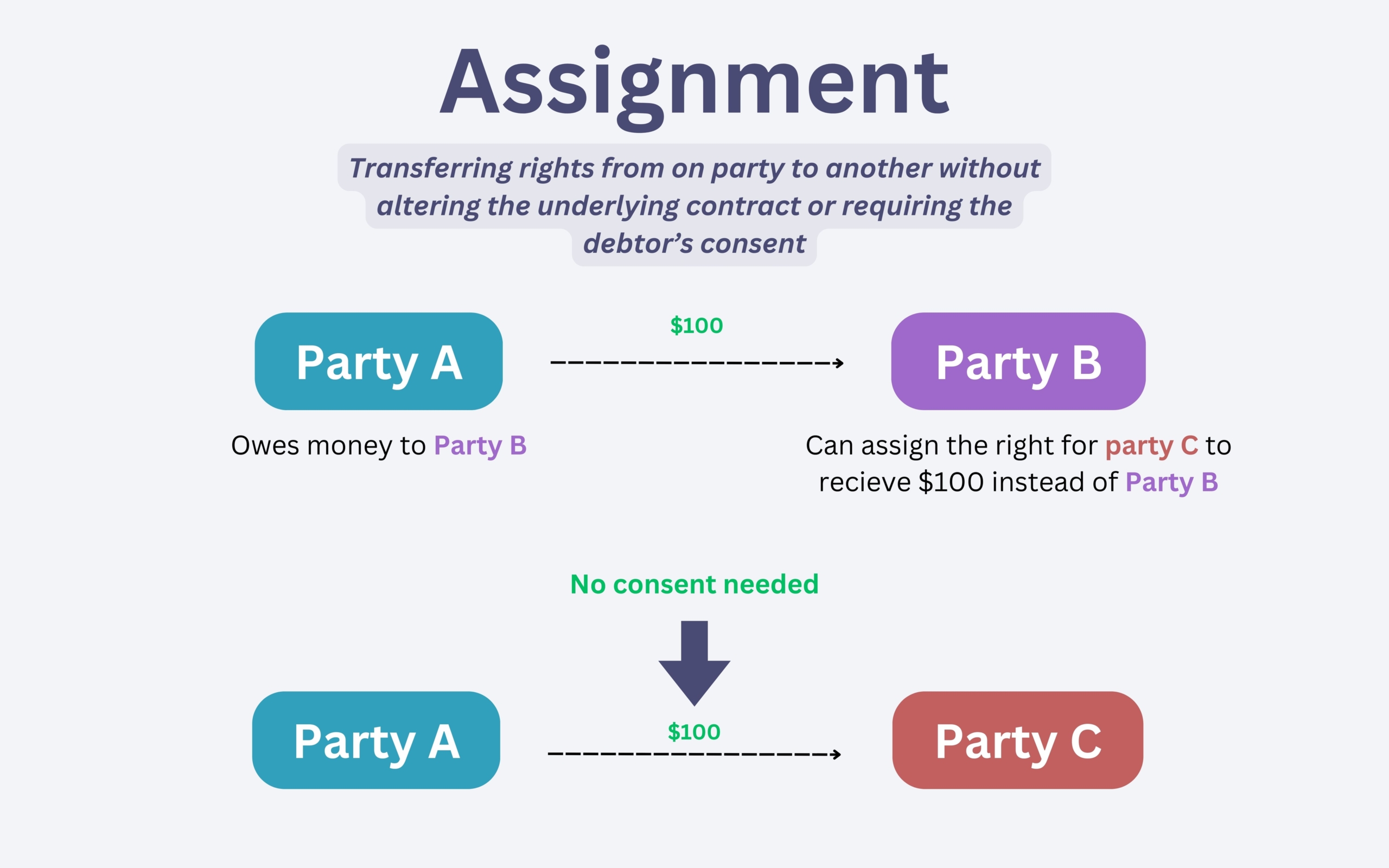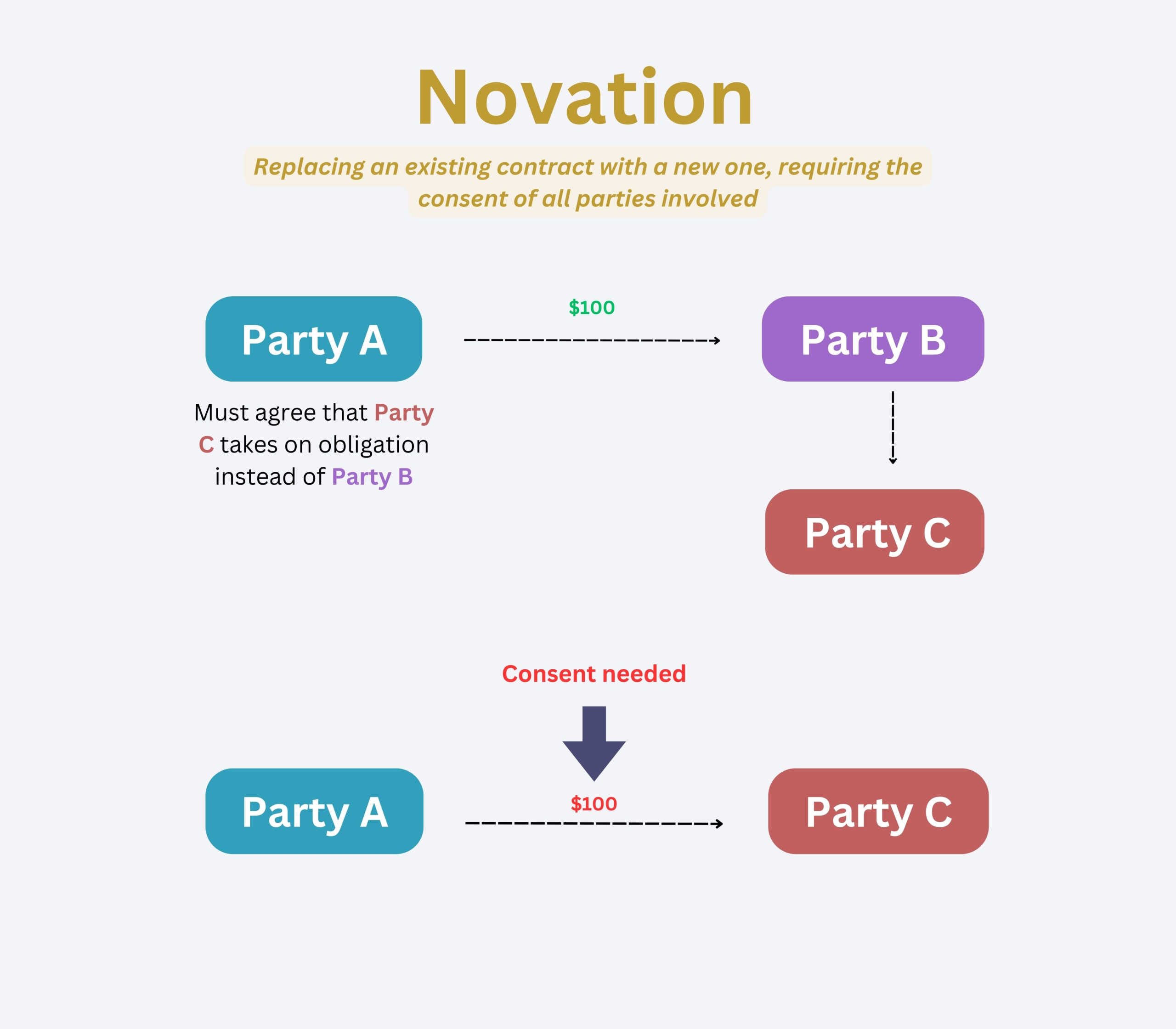All registered charities must now review their governance procedures every three years. We have heard it said that this is simply another burden for charities. We disagree and here’s why.
Why this requirement has been introduced
The policy goal seems to be to help charities succeed.
Some charities are large, well-established entities with robust governance procedures and highly-experienced people governing them. There is a reasonable likelihood that they review their governance procedures routinely.
However, a large proportion of charities are small and many are governed by people with mixed governance understanding and capability. We talk to many people governing charities who have not looked at their governance documents for years and some who are operating outside of what their rules allow. This places the people governing the charity at risk of doing something that is not legally permitted. It can also lead to charities not being well run and potentially failing.
We see this new obligation as the codification of good practice. Every charity (every legal entity) should regularly pause and reflect on how they operate. It will be time well invested.
What are ‘governance procedures’?
What does the term ‘governance procedures’ refer to? The Charities Act does not provide any firm answers, but we suggest governance procedures include, but are not limited to:
- Key documents
- The key governing document – a charitable trust deed for charitable trusts, a constitution/rules for charitable incorporated societies, or the constitution for charitable companies.
- Secondary documents supporting the rules, such as bylaws, regulations, charters or policies.
- Important practices
- How the charity deals with conflicts of interest.
- How does the charity deal with disputes and complaints.
- How the charity recruits and onboards new trustees or officers.
- The effectiveness of meetings and relationships.
- Financial practices.
How to satisfy the legal requirements
Below is a simple approach which can be tailored to your charity and circumstances. We suggest you focus on what you feel needs most work, most urgently. You do not have to do all of this at once and that is not the intention. You have a three-year window so we suggest scheduling the reviews across your calendar of meetings.
Step 1 – Look at your rules
- When were your rules drafted or last updated?
- Do you follow the rules? If not, why not? Do the rules need to be updated to reflect how you operate in practice?
- Do the rules reflect recent legal changes such as the Charities Amendment Act 2023, the Trusts Act 2019 and the Incorporated Societies Act 2022? Remember, the legislation will usually trump the rules, so being aware of the legal changes is important for keeping those in governance safe.
- Do you understand what every part of your rules mean? Ask for legal advice if something in the rules is unclear – you need to know what you are required to do and why.
- Document your review briefly, setting out what you considered and what action you propose to take.
Step 2 – Update your rules (if NECESSARY)
- Consider updating your rules if they do not reflect current practice and/or do not take account of recent law updates.
- You may need legal advice to do this properly. Don’t forget to update Companies Office and Charities Services.
- Document that you have amended your rules or why you haven’t if they are fit for purpose.
Step 3 – Review your supporting documents
- Read over the documents. Do they correspond with your rules? Do they make sense? Is anything out of date?
- If you don’t have a Board Charter, consider creating one. These make it easier to onboard new governors and make it clear how relationships are to work. There are excellent templates available free online that you can tailor to your circumstances.
- If you do not have a Health and Safety Policy or a Privacy Policy, we recommend having these drafted to ensure you and any employees, contractors and volunteers understand their legal obligations.
- If your charity involves vulnerable people and/or children, we also urge you to have a Child Protection / Vulnerable Persons Policy and Police Vetting Policy.
- If you amend existing policies or draft new ones, ensure that these are well-communicated to all relevant people.
Step 4 – Review your practices
- Does the charity have robust processes in place to manage conflicts of interest? If not, we recommend creating and following a policy and introducing an Interests Register.
- How do you induct new trustees/officers onto the Board? What documents do you provide to support their understanding of what’s involved and key decisions from the past? A Board Induction Pack is ideal.
- Do you review your meetings? This can help put a focus on constructive relationships and efficiency.
- Are your financial processes robust? Are you confident that all payments are made according to your delegations? Is more than one trustee/officer required to approve payments?
- Do your contractors and employees have proper contracts in place? Is there are clear understanding of who owns intellectual property?
- Once you have considered the above, identify what could use some improvement and get to work. Then document what you reviewed, and what action you took as a result of the review.
Our key takeaways
Charities that invest in reviewing their governance practices will benefit by ensuring documents and practices are up-to-date, helping to keep people and the charity safe and effective.
Avoid a last minute scramble by scheduling the process throughout the three-year timeframe.
More information
We help charities to thrive. That’s why we provide a wide range of free resources to support them. Visit our Charities Information Hub for advice and guides.
We welcome questions too and offer free, no obligation 20 minute conversations – just get in touch.
Please note that this article is not a substitute for legal advice and you should contact your lawyer about your specific situation. Please feel free to contact us by completing the enquiry form or call us on 03 348 8480.



